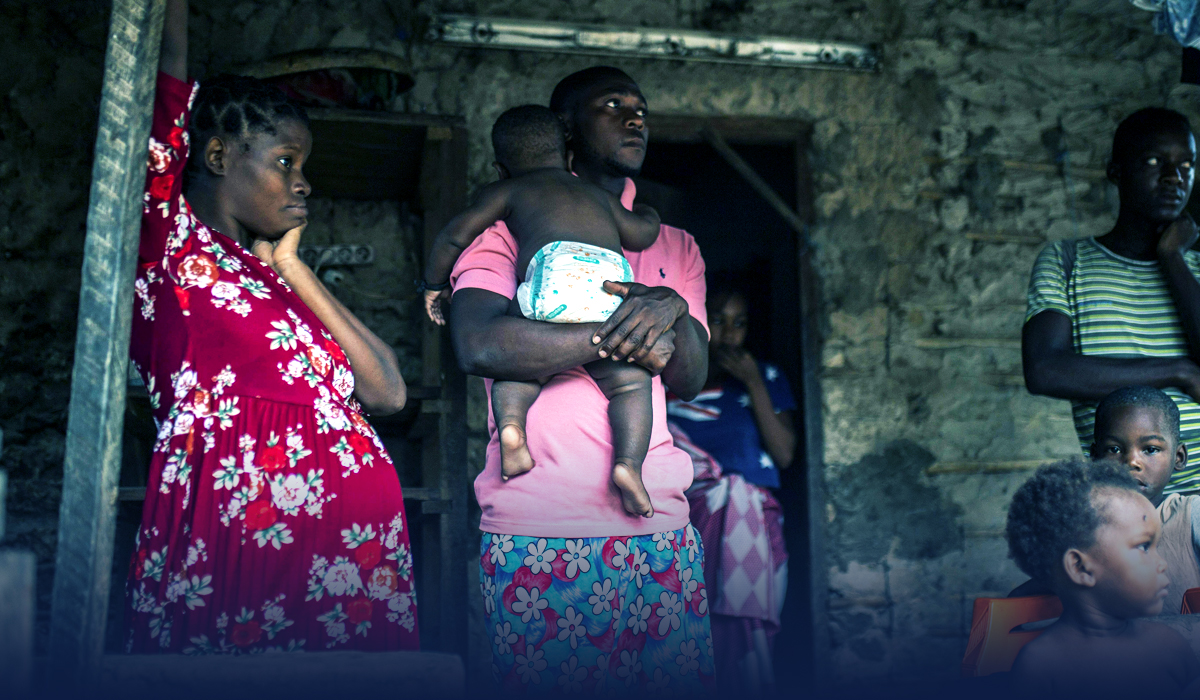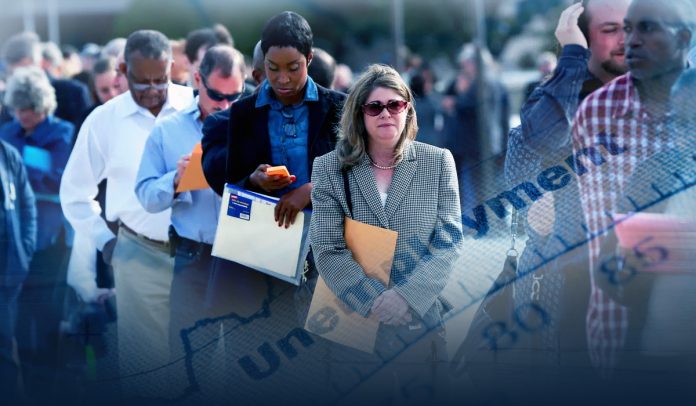On Wednesday, the Bureau of Labor Statistics reported that each state and the District of Columbia observed their unemployment rates increased in 2020 due to the pandemic COVID-19, with the maximum surge in Nevada and Hawaii.
These western states had smashed massively because of their dependence on tourism and hospitality, which was cut to zero amid Coronavirus. Moreover, Nevada posting an 8.9 percentage point rise, and Hawaii posting a little higher 9.1 percentage point rise. Besides this, other 7 American states faced a surge of at least five percentage points.
While comparing South Dakota and Nebraska saw the minimum surge of 1.6 percentage points and 1.2 percentage points, respectively.
The effect from the national COVID-19 lockdown, which includes closures of schools, businesses, and restaurants, caused four American states claiming an unemployment rate of ten percent or higher. The damage left New York at ten-percent, California at 10.1 percent, Hawaii at 11.6 percent, and Nevada at 12.8 percent. Furthermore, South Dakota and Nebraska had faced the lowest unemployment rates of 4.6 percent and 4.2 percent, respectively.

Source: Web
Overall, twenty-two American states had jobless rates lower than the national rate of 8.1 percent, but eight American states acquired higher rates. Around twenty states and the District of Columbia observed jobless rates similar to the county as a whole.
Pandemic affected labor market significantly
The Bureau of Labor Statistics report underlined the dramatic impact the Coronavirus pandemic had put on the labor market. Also, the economy overall, as assessed by GDP (Gross Domestic Product), has retrieved and is anticipated to touch its pre-pandemic level in this year; experts said it will get much longer to set employment levels back to normal level a year ago.
In Feb 2020, the national jobless rate was at the peak of 3.5 percent before ramping up to 14.8 percent two months later. Generally, American states have been returned from situations that were in the previous spring and have executed better than some of the awful forecasts made at the start of the pandemic.
Above three trillion dollars in relief package sent from Washington and more is on the way when Congress steps into the final debate on a 1.9 trillion dollar package that adds relief for American states and localities.





